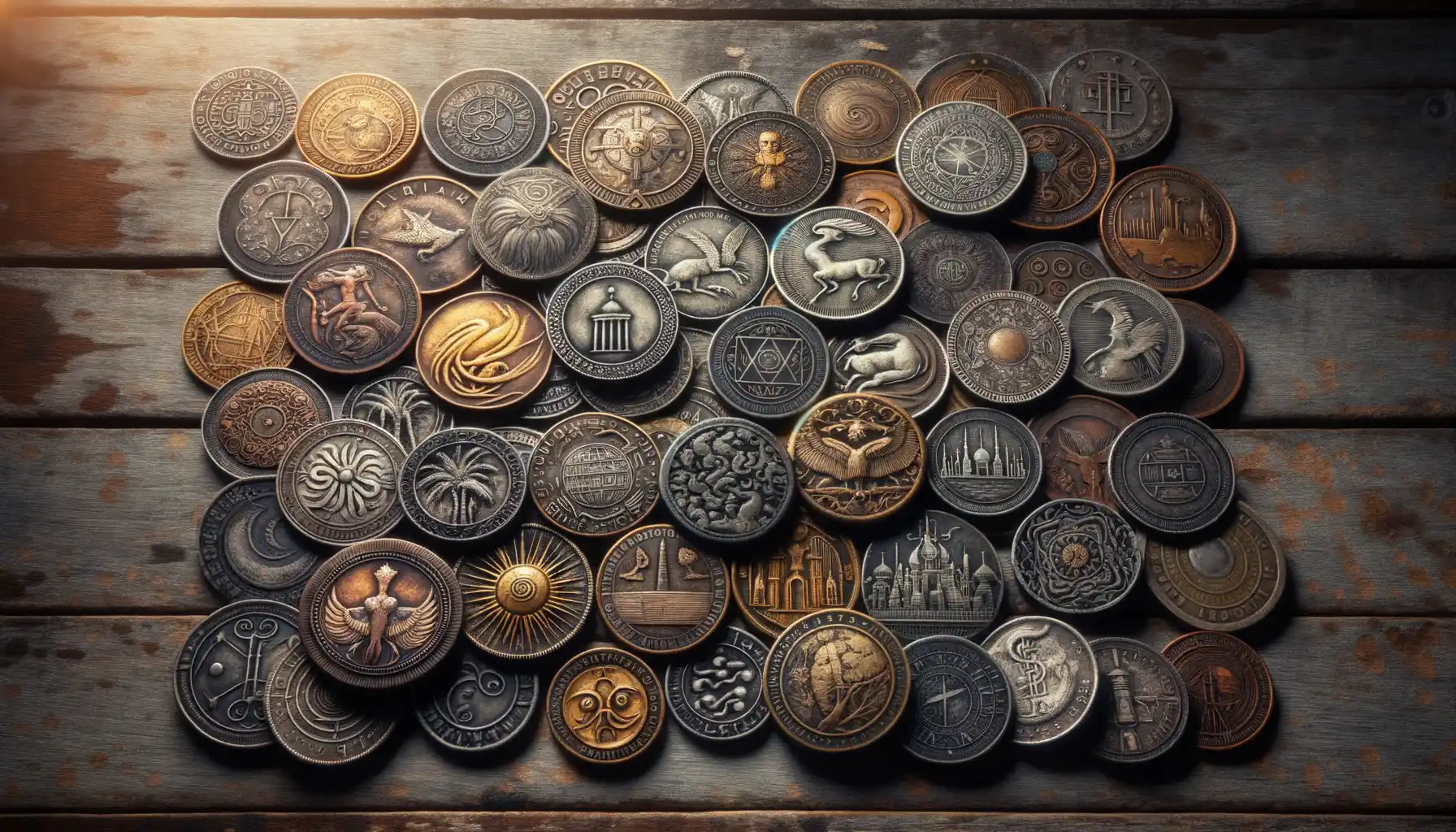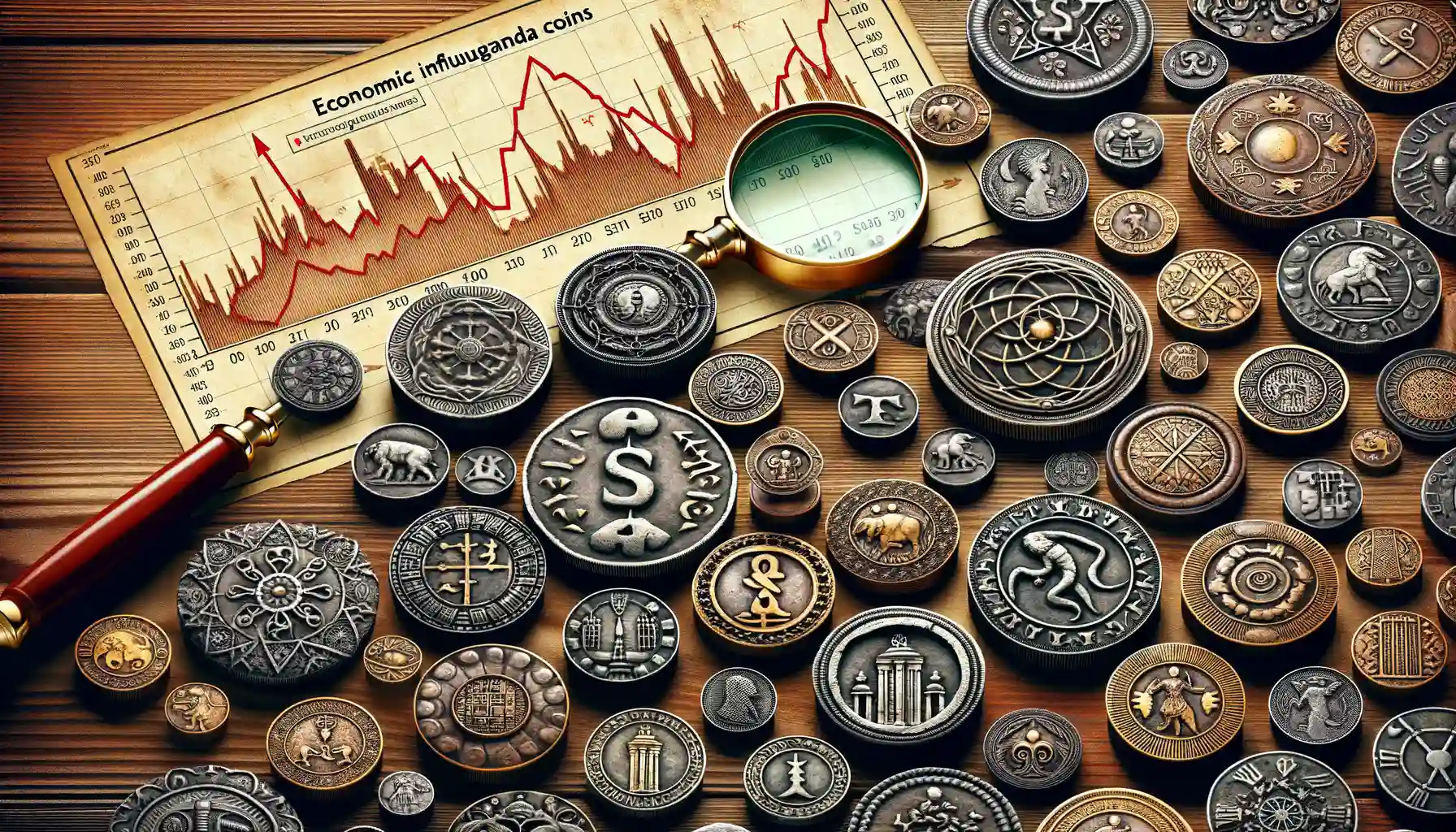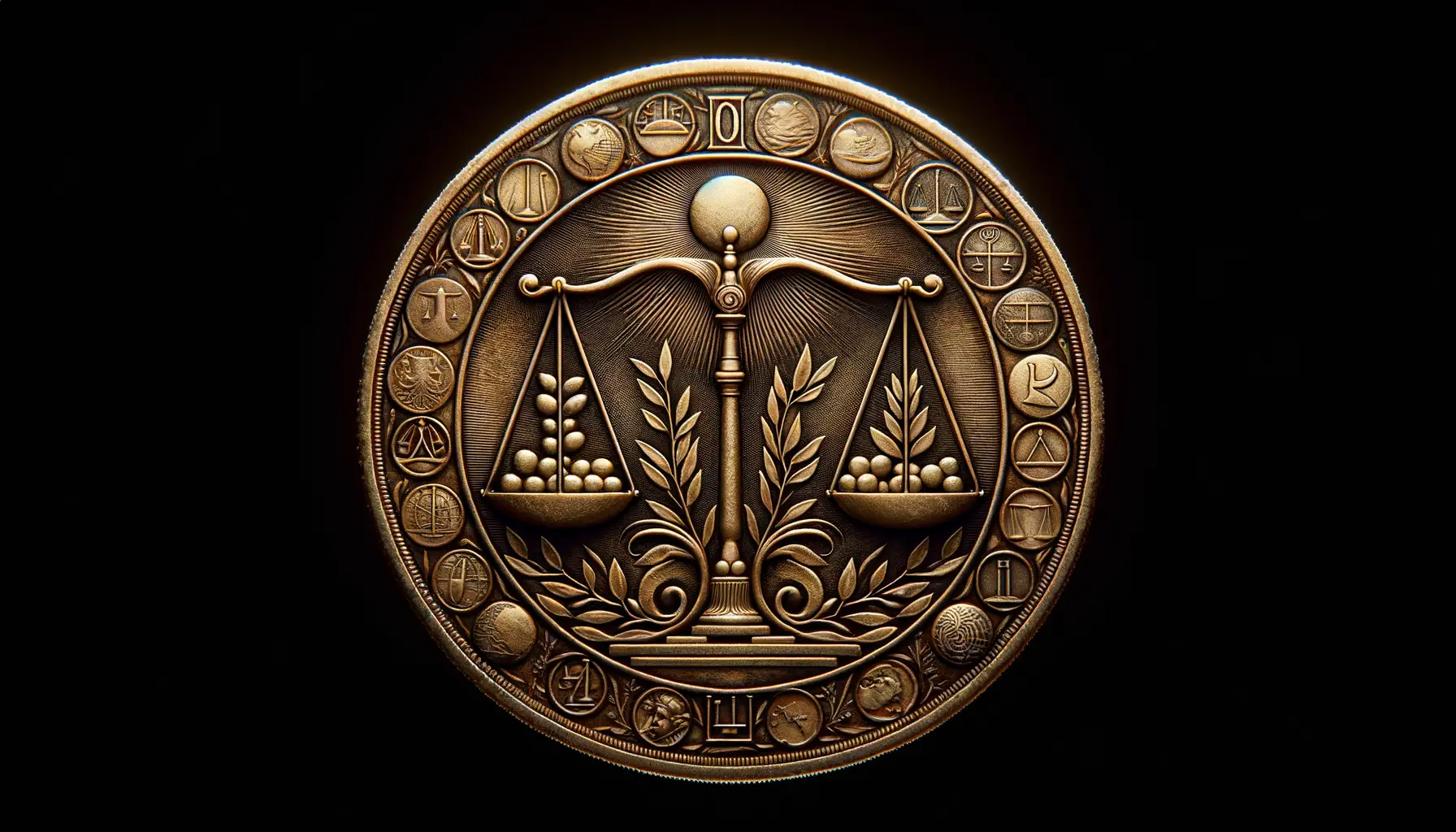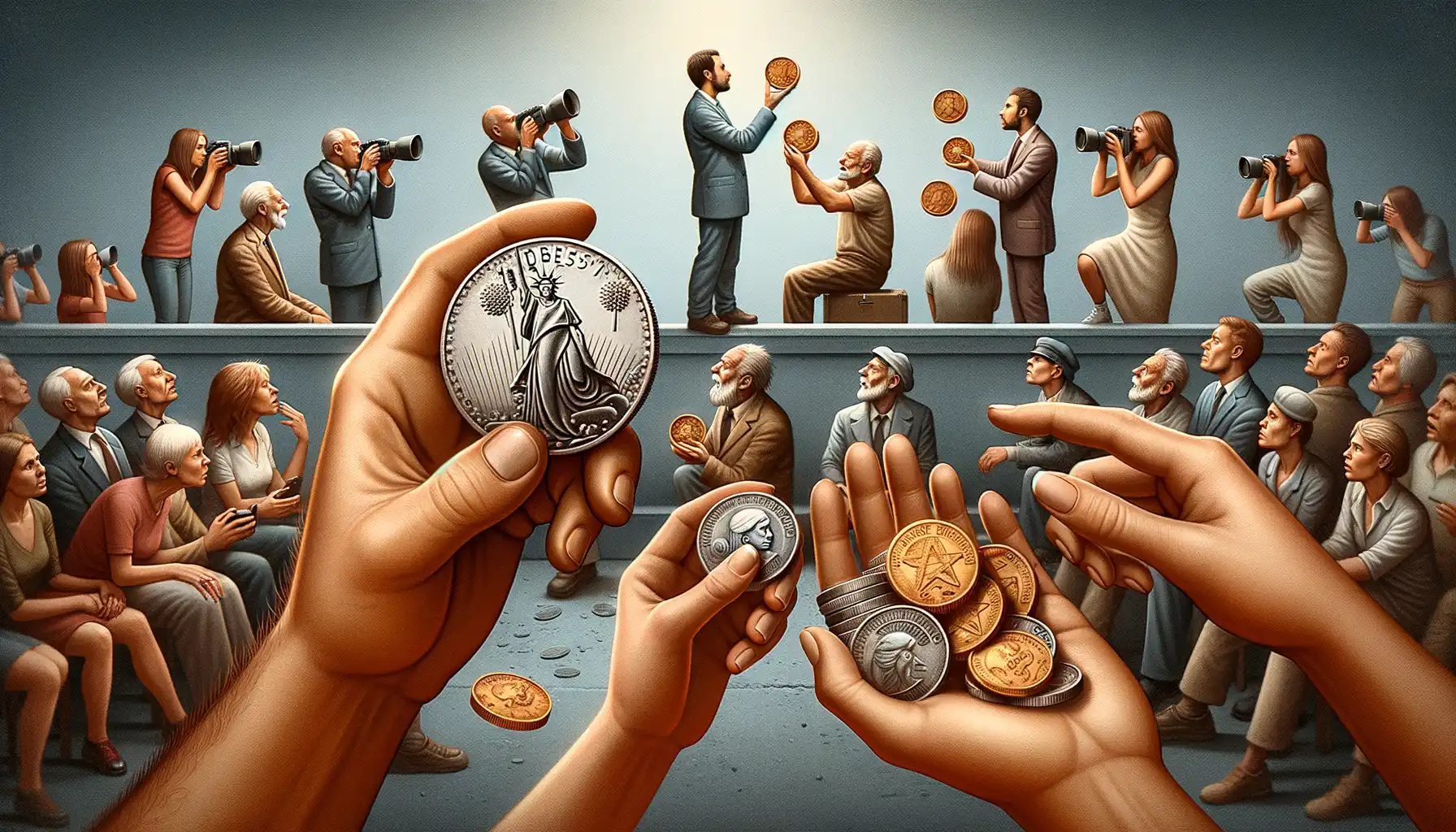Historical Context of Coins as Political Tools
The Origins of Coins as Instruments of Power
Imagine holding a coin from ancient Rome, its surface etched with the image of Emperor Augustus. It’s not just metal—it’s a declaration, a miniature billboard in your palm reminding you who controls the empire. From the moment coins were minted, they carried more than monetary value; they were pulsing with *political intent*.
The Greeks were among the first to see the potential. Why just pay your soldiers or merchants when you can also remind them, with every transaction, of your city-state’s strength? Some city-states, like Athens, adorned their coins with symbols like the owl of Athena, whispering messages of wisdom and vigilance across trade routes.
By the time the Romans came along, coins became outright megaphones of political agendas. Victories in battle? New emperor? More taxes? All announced through gleaming silver and gold that traveled as far as the Empire extended.
- Julius Caesar broke tradition by stamping his own portrait on Roman currency, solidifying divine-like authority.
- In medieval Europe, rulers minted coins to legitimize their reign, often linking themselves to religious imagery or saints.
Coins weren’t just pocket change; they were *weapons* in ideological wars. And oh, how they sparkled with intent!
Symbolism and Imagery on Coins

The Hidden Language of Symbols on Coins
Coins are far more than just shiny metal discs jingling in your pocket. They’re miniature canvases, carefully designed to whisper—or sometimes boldly shout—political messages. Every symbol, inscription, and image is chosen for a reason, speaking to the hopes, power, or authority of its creators.
Take, for instance, the eagle on Roman coins. A majestic creature soaring high, it wasn’t just about showing off artistic talent—it screamed strength, dominance, and imperial glory. Or consider Napoleon Bonaparte stamping his profile on French francs. By placing himself where kings and emperors once reigned, he wasn’t just making currency; he was making a statement: *I belong in history.*
- Crowns often symbolize sovereignty and divine right.
- Laurel wreaths evoke triumph and victory, cherished by leaders who sought to cement their greatness.
- National emblems, whether lions, dragons, or oak trees, remind citizens of shared identity and strength.
And let’s not forget the subtle (or not-so-subtle) messages hidden in Latin phrases or mottos. A coin might proclaim peace, while financing wars. It might display unity, while masking division. Coins speak in riddles, and decoding them can feel like solving a centuries-old puzzle!
Economic Influence of Propaganda Coins

The Financial Ripple Effect of Politically Charged Coins
It’s astonishing how something as small as a coin can wield tremendous economic influence. But, as history has shown us, when politics and currency collide, the results can be nothing short of seismic. Propaganda coins don’t just serve as tools for political messaging; they ripple through economies, leaving their mark on trade, inflation, and even public trust.
Take, for example, the Roman Empire’s denarii. When emperors flooded the market with coins bearing their portraits and slogans, it wasn’t just a flex of power—it was an attempt to stabilize a crumbling economy. Yet, overproduction often led to inflation, eroding the very foundation of commerce.
In other instances, such coins became highly sought-after collectibles, disrupting typical circulation patterns. Imagine farmers hoarding coins emblazoned with a monarch’s victory symbol rather than spending them. The result? Trade slowed, goods sat unsold, and economic stagnation began to creep in.
- Nazi Germany’s swastika-stamped Reichsmarks sent shockwaves by fostering fear rather than financial confidence.
- Revolution-era America saw politically themed coins reinforcing a fragile new identity, creating temporary bursts of market activity.
In essence, these coins weren’t just money—they were silent enforcers of an economic agenda, often prioritizing ideology over economic stability.
Case Studies of Political Messages on Coins

Coins as Political Billboards in the Roman Empire
Imagine holding a coin from the reign of Emperor Augustus, its surface worn smooth by countless hands. Now, look closer. That isn’t just a coin—it’s a miniature stage for power plays. Augustus, ever the master of persuasion, minted coins showcasing his title as “Divi Filius” (Son of a God). Subtle? Hardly. These coins whispered (or rather shouted), “I have divine backing!” to anyone who dared question his authority.
Later emperors ratcheted up the theatrics. Take Nero, famous for fiddling and flames: his coins portrayed him as Apollo, god of music and light. A clever disguise, considering his darker reputation. The Romans practically wrote the manual on how to cram monumental propaganda onto something as small as a thumbprint.
- Military victories: Coins flaunted images of conquered territories, from Egypt to Gaul, complete with bound captives.
- Public works: Bridges, aqueducts, even the Colosseum graced these coins, inspiring pride—and reminding citizens who funded them.
These weren’t just currency; they were portable sermons, bold declarations of might and glory jingling in every pocket.
A Modern Echo: Nazi Coins of the Third Reich
Fast-forward two millennia, and coins still played their role as silent megaphones for regimes. During Hitler’s rise, Nazi Germany minted coins bearing the infamous swastika and Germanic eagles, symbols meant to ignite both fervor and fear. Each transaction became an act of complicity, as these emblems reinforced the narrative of Aryan dominance.
Notably, subtlety was absent here too. Coins from this era could often be found paired with slogans like “Ein Volk, Ein Reich, Ein Führer” (“One People, One Empire, One Leader”). It was propaganda laid bare. In such designs, the coin’s practical value became almost secondary—a chilling reminder that even the most mundane objects can serve sinister agendas.
Every coin you touch is a relic of its time, but also a reflection of the forces shaping society. Are we really so far removed from these examples?
Impact of Propaganda Coins on Society

The Ripple Effect of Propaganda Coins
Coins are more than just currency—they’re time capsules that carry political ambitions straight into the hands of society. The subtle—or sometimes not-so-subtle—messages etched onto these small, everyday objects don’t just stay in your pocket; they ripple through the fabric of society like whispers passed through generations.
Take, for instance, a coin declaring the glory of a ruler. That image, bold and enduring, builds a narrative of power, stability, and sometimes invincibility. Imagine being a farmer in ancient Rome and seeing the emperor’s face every day in your trade. That’s not just a transaction; it’s a reminder of who’s in charge.
But propaganda coins can also divide. When rulers use them to push ideologies or assert dominance over minorities, tensions surface. Society becomes a chessboard, with coins as pawns in cultural wars. Consider Nazi-era coins engraved with swastikas: collectors today hold these relics with grim recognition of the pain they symbolized.
- Shaping national identity: Coins often amplify pride by showcasing heritage or achievements.
- Soft influence: Regular exposure to symbols can nudge people towards specific beliefs without overt coercion.
Propaganda coins wield quiet power—power you can hold, spend, or reflect on, but never quite escape.